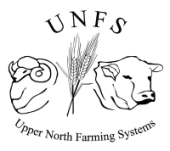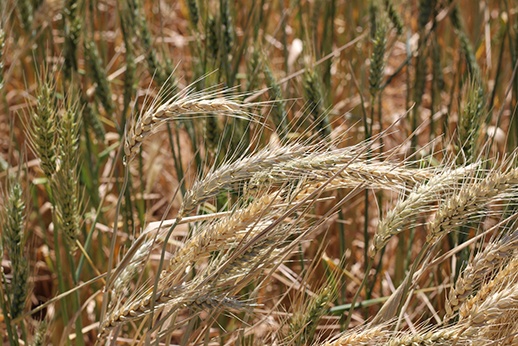Full Name: Soil pathogen identification and management strategies for winter cereals
Funding Body: GRDC delivered in partnership with SARDI
A steady increase in Crown Rot damage has been observed (primarily in Wheat) in
the past 20 years, both on the property of this demo and now more broadly across
the district. During this time, cereal intensity in the rotation has generally increased,
and at the same time this grower’s farming system has moved to direct drill using
knife points. It is considered likely that these two aspects are exacerbating the crown
rot problem. There is insufficient time between susceptible crops to break down the
residues carrying inoculum, compounded by a lack of cultivation which isn’t allowing
the accelerated break down of residues. The high incidence of below average spring
rainfall has further contributed to the problem.
Residue breakdown will also obviously be influenced by environmental conditions
e.g. the amount of moisture which is available to aid microbial activity.
The aim of this demonstration is to compare the breakdown of residues (and inoculum) under
an open canopy crop such as Faba Beans with a more closed canopy such as a
vetch pasture over a 2-3 year program to monitor crown rot levels under different
cultural treatments.
This project was established in Baroota, South Australia on a site with a history of severe
crown rot.
Contact : Jonno Mudge, 0409 378 490


